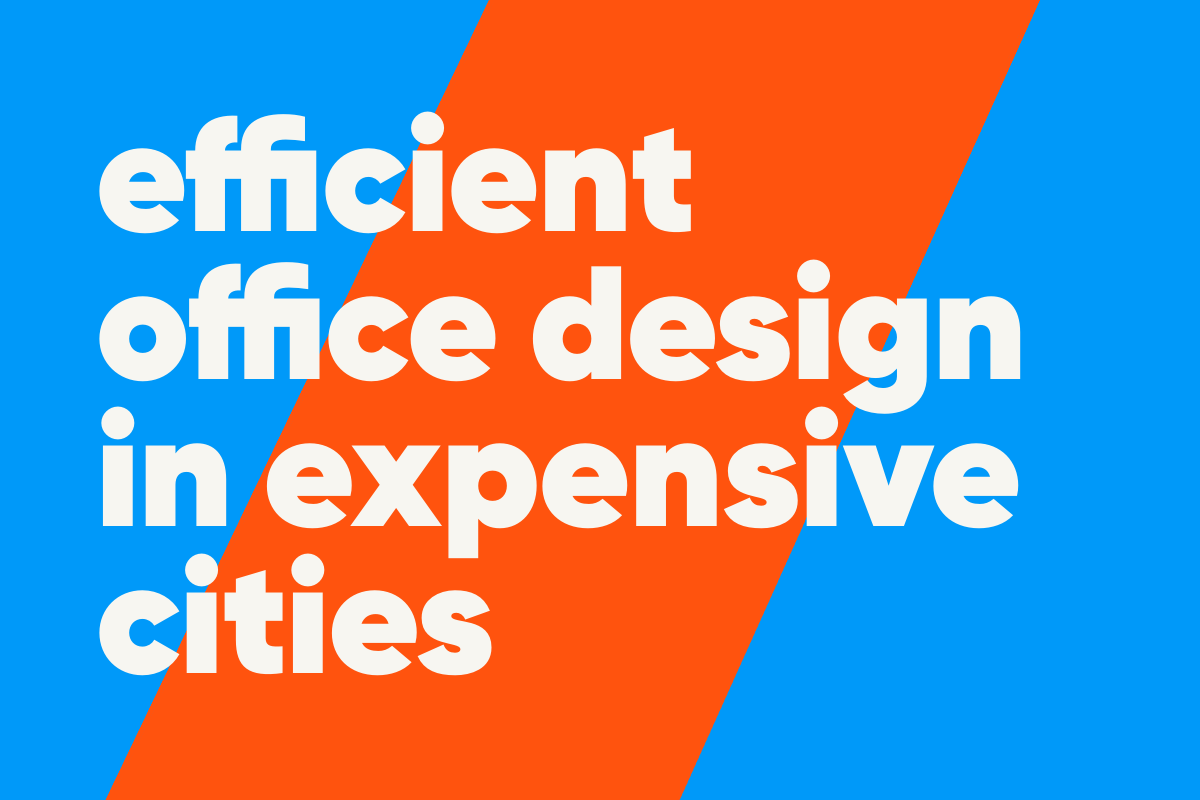In a world where rents for office space in prime locations such as Munich are constantly rising, companies are faced with the challenge of rethinking their office concepts. Particularly in high-priced office locations, planners and office users need to strike a balance between costs, efficiency and working environment. This article highlights the special features of these locations and provides recommendations for planning and equipping offices. Tips and tricks for making the best use of space while creating a stimulating working environment.
Office planning in major cities: the challenge of high rents
In München, wie in vielen anderen Großstädten, reflektieren die hohen Mietpreise nicht nur die Attraktivität des Standorts, sondern auch den Wettbewerb um begrenzte Räumlichkeiten. Für Unternehmen bedeutet dies, dass jeder Quadratmeter optimal genutzt werden muss, um die Kosten zu rechtfertigen. Diese Situation zwingt Planer und Nutzer dazu, über traditionelle Bürolayouts hinaus zu denken und innovative Lösungen zu finden, die sowohl funktional als auch kostenbewusst sind.
Optimizing the available space for efficient office planning
Making the best use of space in a high-priced office location requires creative approaches. Flexible work areas, suitable for both individual work and team projects, can promote efficient use of space. Modular office furniture and movable walls offer the flexibility to adapt the space as required. In addition, open workspaces can improve communication and collaboration between employees, while at the same time creating places of retreat for concentrated work.
Impact on employee attendance
High rental prices can also affect considerations for employee presence in the office. Hybrid or remote working models can be an attractive solution to reduce the need for large office spaces while offering flexibility to employees. However, this requires careful planning to ensure that employees remain engaged and productive. Equipping the office with technology that supports remote working is therefore becoming increasingly important.
Furniture and equipment in high-priced offices for optimal office design
In an environment where prices per square meter are high, the quality of office furniture and equipment plays a decisive role. It’s not about creating luxury for luxury’s sake, but about creating an environment that promotes employee productivity and well-being. High-quality furniture and thoughtful décor can help foster a culture of appreciation and pride in the workplace. A well-designed office signals to employees that their well-being and performance are valued.
Looking out for employees and company interests
The planning and furnishing of an expensive office should always balance the needs of the employees with the goals of the company. An attractive, ergonomic and functionally equipped office can increase employee satisfaction and retention. At the same time, companies should ensure that investments in the office environment reflect the corporate culture and support the company’s goals.
Conclusion: Innovative office concepts for Munich
The design and fit-out of offices in high-priced locations such as Munich requires careful consideration of costs, benefits and employee needs. The high investment in rental costs should be complemented by an equally thoughtful investment in the office environment. Precisely in order to create a productive, satisfying working environment.
Companies need to develop innovative workplace strategies that support flexible working models, encourage communication and collaboration and strengthen employee retention. By considering these aspects, companies can not only overcome the challenges of high rents. They can also create a work environment that inspires employees and contributes to the company’s success.
Ready to? Optimize your office design?
Click here for the contact form.
We look forward to hearing your perspectives and creating an innovative future of office work together!
Your Christian Racuteanu
Hauser Office Design GmbH
(To optimize the readability of our blog posts, we use the generic masculine. All personal designations apply equally to both genders, whereby we avoid the simultaneous use of female and male language forms).

